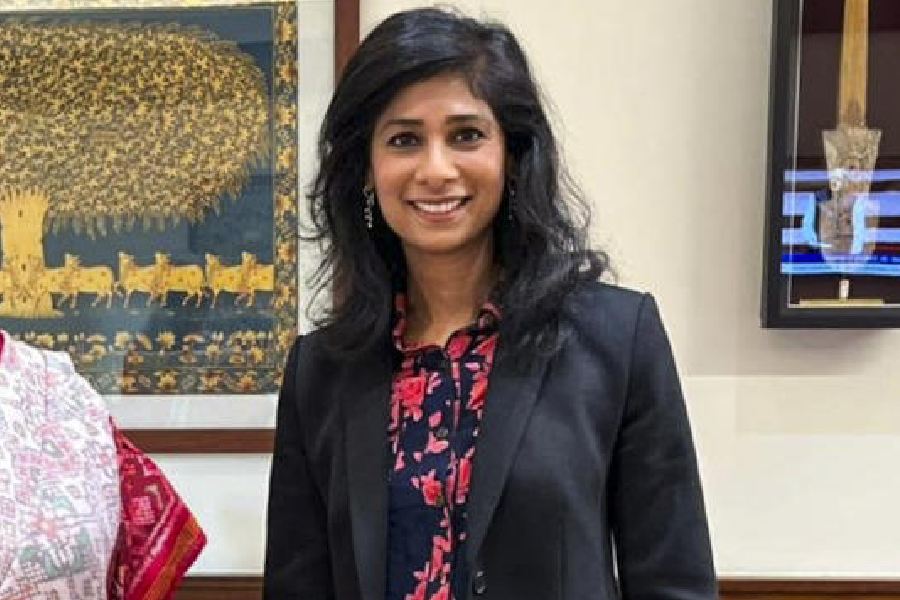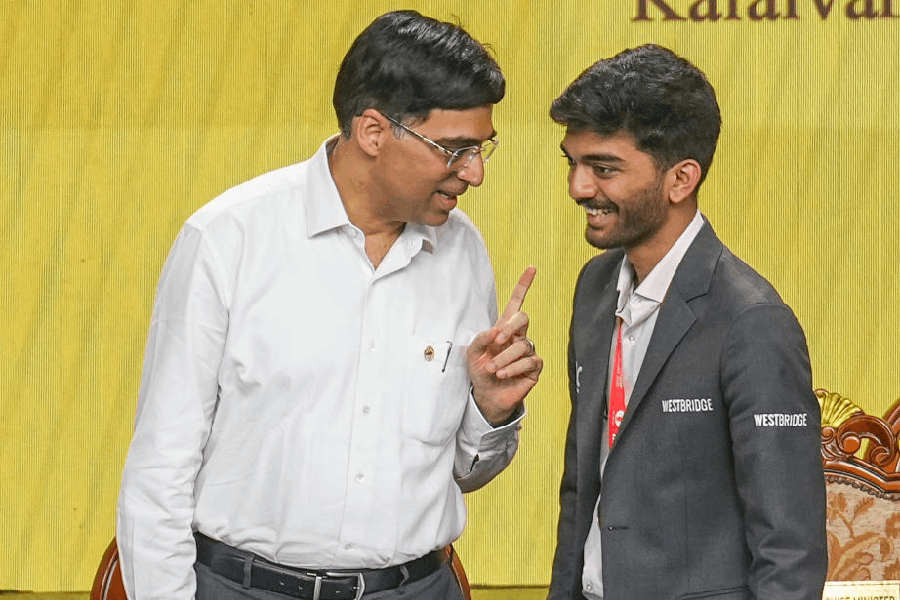Lyricism, sensuality and devotion — synonymous with the feminine and the divine — are the leitmotifs running through the repertoire of Odissi. The feminine aura is so ubiquitous to Odisha’s culturescape — from the figurines doting resplendent architecture to the flowering of Odissi in the hands of maharis of the Jagannath Temple — that it has often been used as a vessel to portray female desire and its tribulations. This raw energy was harnessed in the performances presented as part of Ravash 2023, the 20th-anniversary celebration of the city-based dance school, Sankalpa Nrityayan, at Rabindra Sadan recently.
Helmed by the feted danseuse, Subikash Mukherjee, the nine recitals reflected his eye for detail as well as his aesthetic sensibilities. While the mandatory invocatory piece, Ganesh Vandana, saw the efficient use of hastamudras, the scintillating pallavis foregrounded the differences between male and female movements: in Mukhari Pallavi, the female dancers' bodies formed exquisite, fluid patterns that contrasted with the stable postures of the single male dancer. However, the kinetics was not shorn of lyrical symmetry. An intermission comprising an audiovisual on the history of Odissi was informative but a parallel enactment of the events could have been more imaginative.
Gita Govinda by the Bhakti poet, Jayadev, is the inspiration behind several Odissi compositions. Kuru Yadunandana (picture) and Hari Riha thus articulated the erotic-mystical mood of the text. While the latter depicted Krishna's dalliances with the gopinis, the former, performed by Reshmee Roy, explored the nuances of the poetical narrative: here, Radha is a swadhinbhartruka who has Krishna subjugated and is in control of her sexual desires. Roy was completely confident in her craft, faithfully adhering to the imperatives of shringar rasa and abhinaya. Naba Durga, a rhythmic choreography conceived by Mukherjee on one of the brilliant compositions by his guru, Ratikanta Mohapatra, symbolised the nine different forms of divine verve with a thematic exploration of Mahisasurmordini.
A fresh departure from the dominant theme was Kartikeya, a piece choreographed and executed by Mukherjee. The 15-minute-long solo recital exuded Mukherjee's striking presence that was reflective of a deeper understanding of his body and its relationship with the form.










